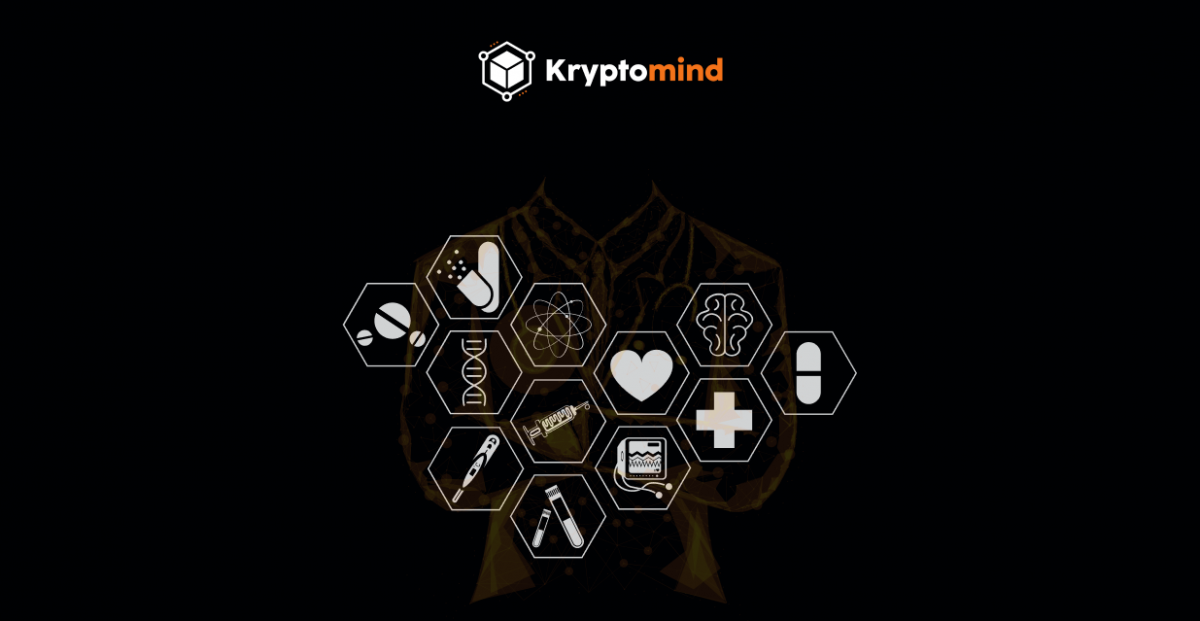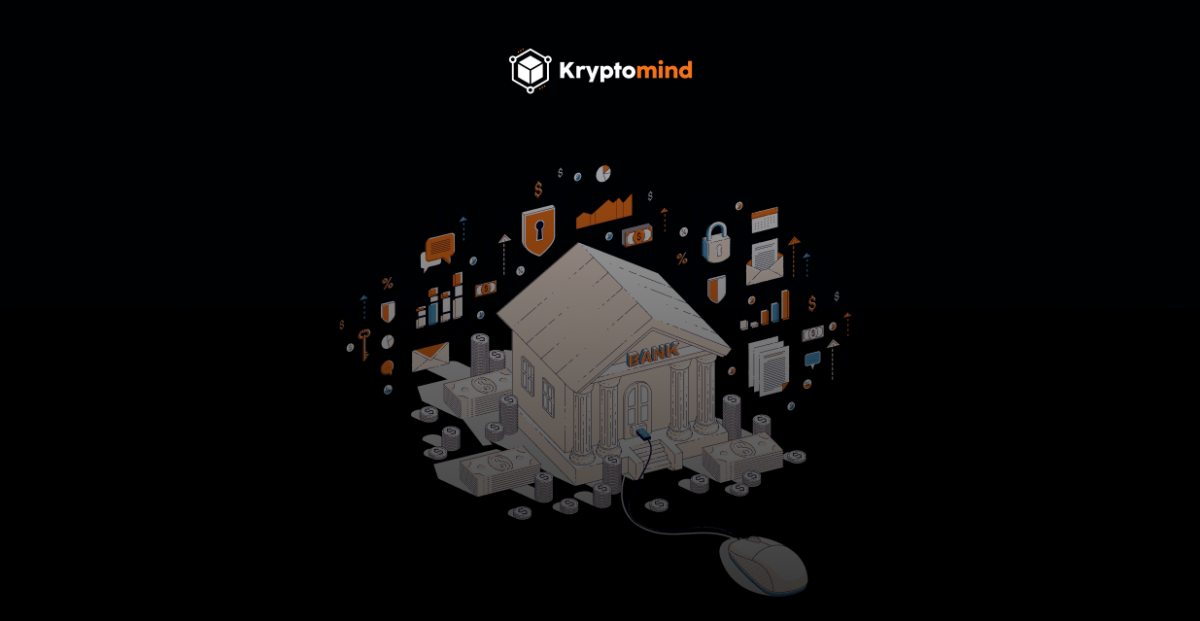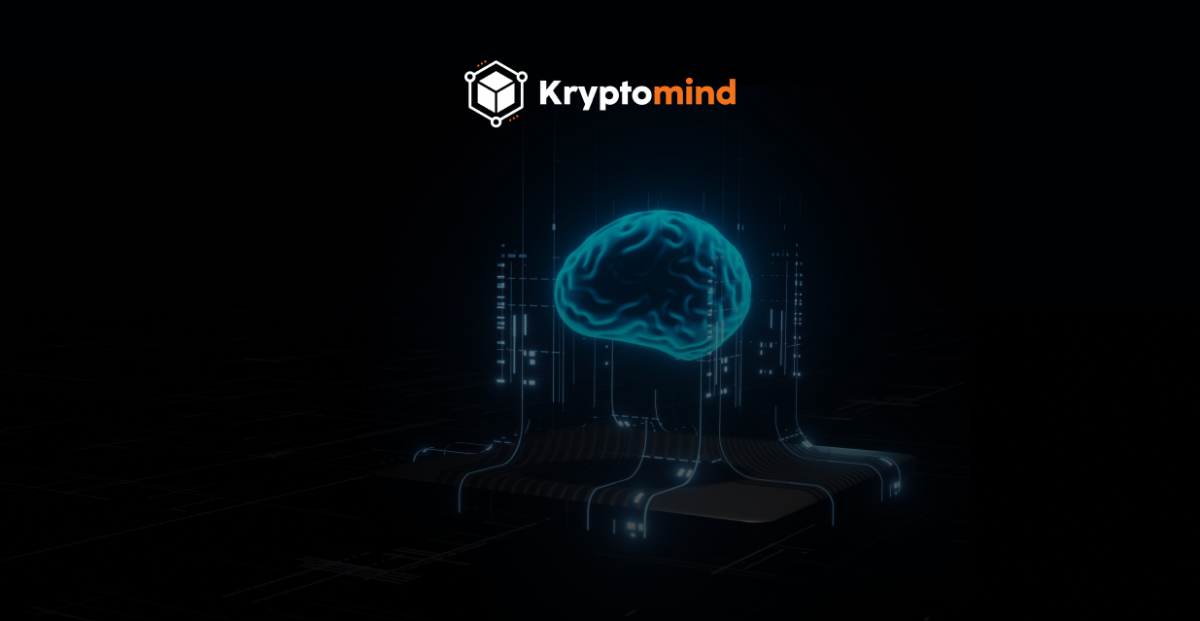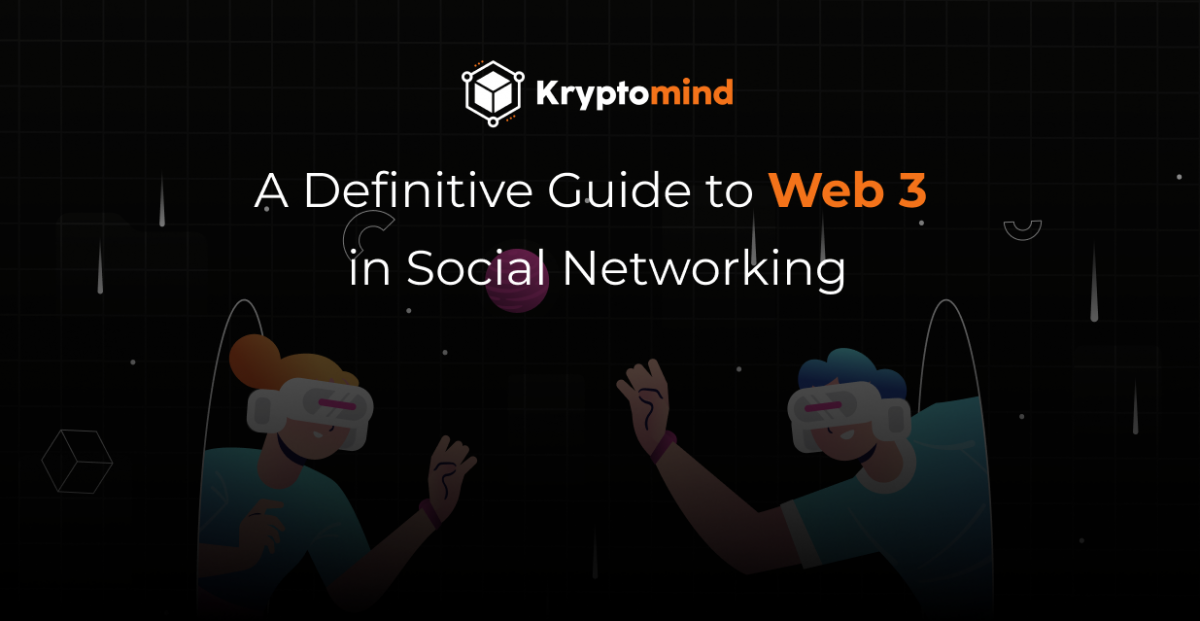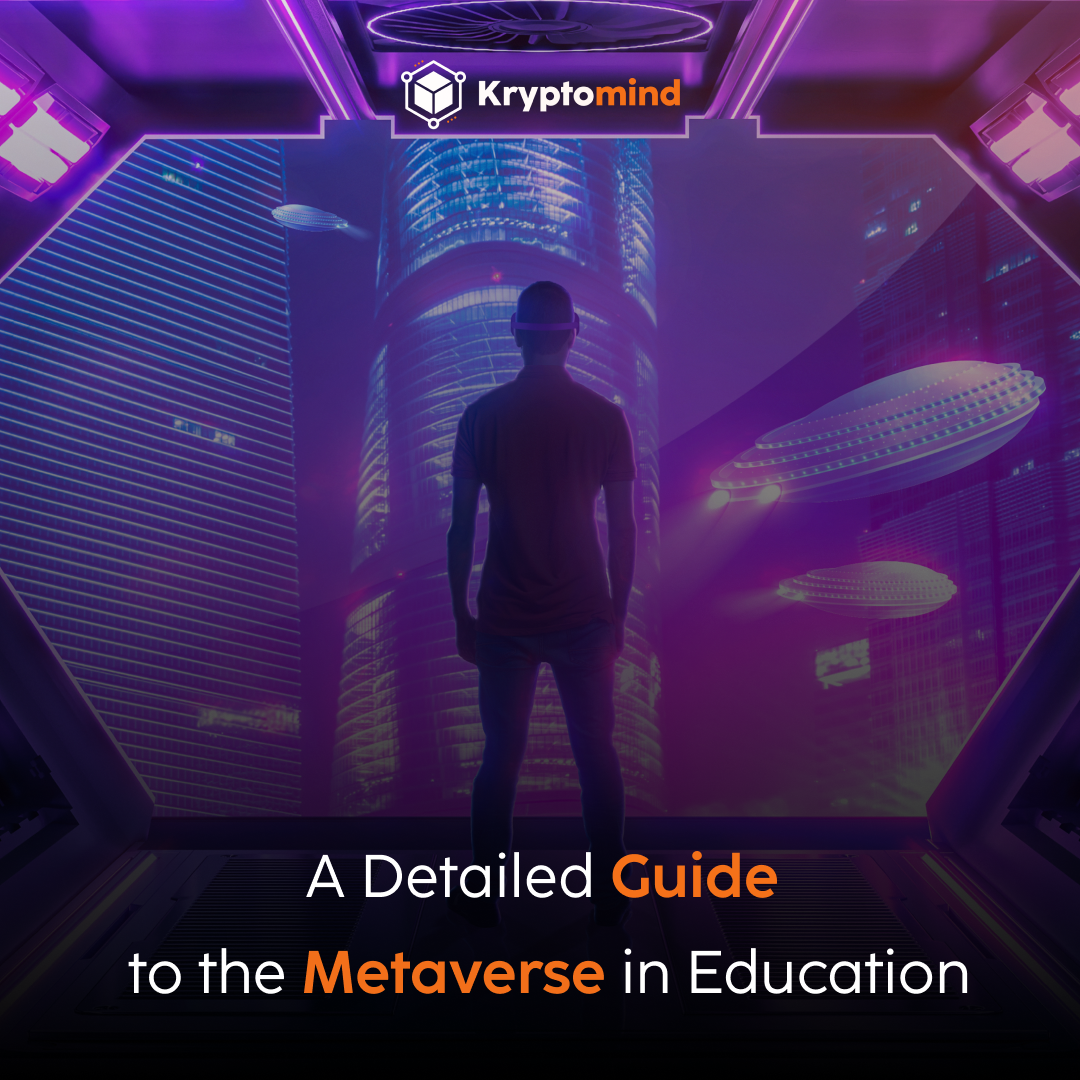Introduction:
Artificial Intelligence (AI) is transforming the landscape of marketing, enabling businesses to deliver highly personalized experiences to their customers. By harnessing the power of data and advanced algorithms, AI is revolutionizing how brands connect with their target audiences. In this blog post, we delve into the role of AI in personalized marketing and customer experience, highlighting the ways it enhances engagement, builds loyalty, and drives business growth.
Understanding Personalized Marketing:
Data-driven Customer Insights: AI allows businesses to collect, analyze, and leverage vast amounts of customer data. Explore how AI algorithms process data from various sources, including purchase history, browsing behavior, and demographic information. Discuss how these insights enable businesses to segment their audience, identify individual preferences, and tailor marketing strategies accordingly.
Dynamic Content and Recommendations: AI-powered recommendation systems play a crucial role in personalized marketing. Delve into how AI algorithms analyze customer data to deliver relevant product recommendations, personalized offers, and dynamic content. Discuss the impact of personalized recommendations on increasing customer engagement, driving conversions, and fostering brand loyalty.
Enhancing Customer Experience:
Intelligent Chatbots and Virtual Assistants: AI-driven chatbots and virtual assistants are transforming customer interactions. Explore how these AI-powered systems understand and respond to customer queries in real-time, providing instant support and personalized recommendations. Discuss the benefits of chatbots, such as 24/7 availability, faster response times, and improved customer satisfaction.
Hyper-Personalized Communications: AI enables hyper-personalized communication strategies by leveraging customer data. Discuss how businesses can use AI to automate personalized email campaigns, targeted advertisements, and tailored messaging across various channels. Explore the impact of hyper-personalization on customer engagement, conversion rates, and brand loyalty.
Leveraging AI for Customer Retention and Loyalty:
Predictive Analytics and Customer Lifetime Value: AI-powered predictive analytics enables businesses to forecast customer behavior and predict their lifetime value. Discuss how AI algorithms analyze historical data, demographic information, and customer interactions to identify high-value customers and personalize retention strategies. Explore the benefits of AI-driven customer retention, such as reducing churn rates and maximizing customer lifetime value.
Sentiment Analysis and Reputation Management: AI plays a vital role in sentiment analysis, helping businesses monitor and manage their online reputation. Explore how AI algorithms analyze social media data, customer reviews, and feedback to gauge sentiment and identify potential issues. Discuss the benefits of sentiment analysis in proactively addressing customer concerns, improving brand perception, and maintaining a positive reputation.
Conclusion:
AI is a powerful tool that empowers businesses to deliver personalized marketing and exceptional customer experiences. By leveraging data-driven insights, businesses can create hyper-personalized campaigns, implement AI-driven chatbots, and optimize customer retention strategies. As AI continues to advance, the opportunities for personalized marketing and customer experience will expand, enabling brands to build stronger connections, drive customer loyalty, and achieve long-term success.
